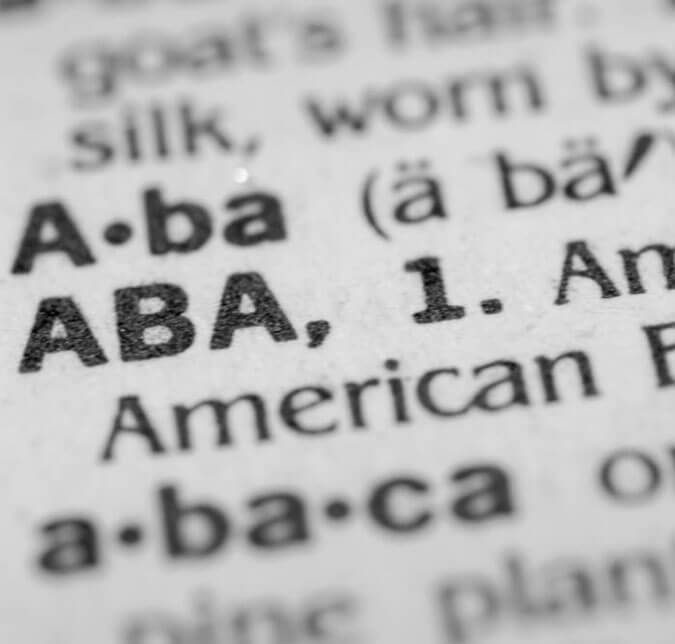
Introduction
Law schools may soon have access to more detailed information about the educational and economic challenges faced by applicants on their path to a law degree. The Law School Admission Council (LSAC) is developing a new “environmental context” metric, which will provide insights into colleges and universities based on factors such as institutional student spending, graduation rates, and the percentage of undergraduates receiving federal need-based Pell Grants.
New Environmental Context Metric
The LSAC, known for administering the Law School Admission Test and managing the central application system for law schools, announced this initiative during a recent American Bar Association meeting. This new metric is being developed in collaboration with The College Board, which already offers colleges a similar tool to contextualize applicants’ neighborhoods and high schools.
Want to know if you’re earning what you deserve? Find out with LawCrossing’s salary surveys.
Purpose and Goals
The goal of this new college metric, alongside the existing neighborhood and high school ratings, is to help law schools understand the advantages or challenges their applicants have faced. This approach aims to provide a more comprehensive view of applicants’ potential beyond just undergraduate grades and standardized test scores. According to Elizabeth Bodamer, the council’s research director, this metric will help capture the context of applicants’ educational journeys.
Background and Motivation
This project comes in the wake of the U.S. Supreme Court’s June 2023 decision limiting the consideration of race in college admissions. However, the LSAC had approached The College Board about this collaboration years earlier, although progress was delayed due to the COVID-19 pandemic. Bodamer emphasized that the project focuses on environmental factors influencing students rather than the students themselves.
Current Practices and Future Testing
Law schools have already begun experimenting with new admission methods that do not directly consider race. These include revising essay prompts to better understand applicants’ backgrounds and experiences. To test the impact of the new college metric, the council is using 2023 applications previously reviewed by admissions offices. Schools are re-evaluating these applications with the new metric to determine if it would alter their admissions decisions.
Preliminary Findings
Early data reveals that applicants from “high-challenge colleges” are 2.5 times more likely to be first-generation college students compared to those from “low-challenge colleges.” High-challenge colleges typically have lower graduation rates, less per-student spending, and more Pell Grant recipients. In contrast, nearly all applicants from low-challenge colleges are accepted into law schools, whereas fewer than two-thirds of those from high-challenge colleges gain admission.
Conclusion
The introduction of this new environmental context metric by the LSAC represents a significant step towards a more nuanced and equitable law school admissions process. By providing a fuller picture of an applicant’s background, law schools can make more informed decisions that reflect the diverse experiences and challenges faced by prospective students.
Don’t be a silent ninja! Let us know your thoughts in the comment section below.










































